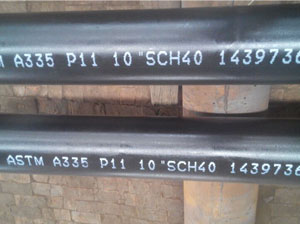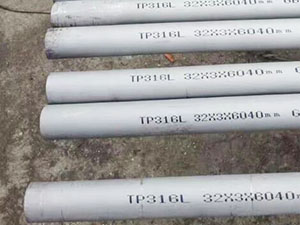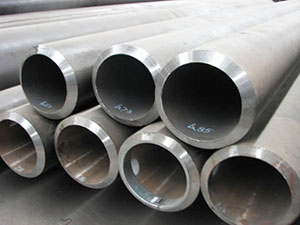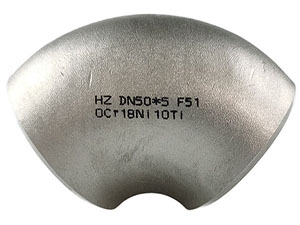.jpg)
Anchor flanges are used to restrain pipeline movement caused by thermal expansion changes or external forces. The most common method of securing an anchor flange is to embed it into a concrete thrust block, thereby spreading the pipeline forces throughout a large foundation. However, anchor flanges can be secured in other ways as necessary to overcome the axial force in the pipeline
WeldFit designs anchor flanges to satisfy ASME codes, customer requirements and best practice engineering. The most common anchor flange material is A105 carbon steel, but they can also be supplied using stainless or high-yield stress materials. Anchor flanges are an integral pressure retaining component of the pipeline and are therefore supplied with end weld bevels to match the pipeline wall thickness.
Anchor flanges are important elements in many thrust-control systems, especially those protecting pipeline pumping stations. Welded into the line and encased in concrete, they immobilize the pipe at predetermined locations and transfer built-up stresses to external structures. For example, in cross-county pipelines end forces of considerable magnitude are generated by internal pressure and temperature changes. A 24" O.D. x 0.594" wall pipe in a pipeline operating at 1100 psi and subjected to a 90° rise in metal temperature, for example, will develop total thrust of 1,000,000 lbs. Unless these forces are properly controlled, they can damage pumps, valves and other close-tolerance equipment. Anchor Flanges may be used to secure subsea piping and risers to platform structures.
Ordering information
REQUIRED FOR ALL CODES
1. Design Code
2. Material
3. Design Pressure
4. Design Temperature
5. Installation Temperature
6. Allowable Concrete Bearing Stress
7. Corrosion Allowance
8. Run Pipe Diameter
9. Run Pipe Schedule Thickness
10. Other applicable moment and load information






.jpg)